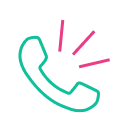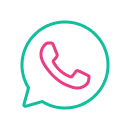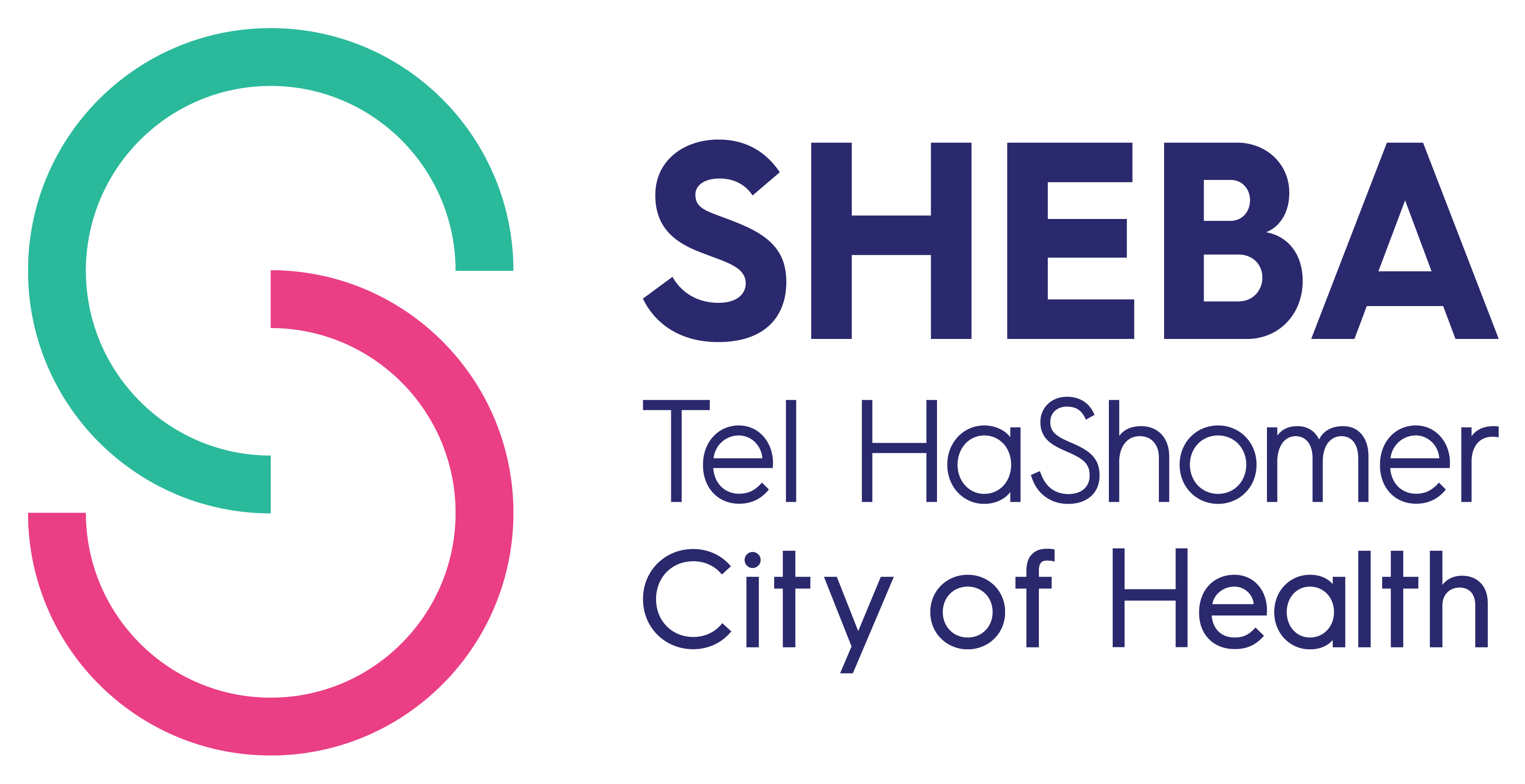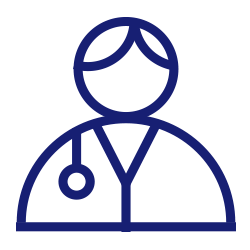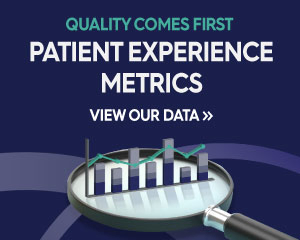Video EEG Monitoring unit
Director: Prof. Nicola Maggio
Charge nurse: Eina Ostrovskey
Contact:
Phone: 03-5304933/30
Email: iblatt@sheba.gov.il
To call an appointment for EEG video monitoring for children:
Phone: 03-5303098/2687
Fax: 03-5305031
Location:
Hospitalization Building, Neurology Institute, 1st floor
At the Sheba Medical Center, Video EEG Monitoring is performed in purpose-built inpatient unit, with a medical team that includes doctors, nurses and EEG technicians who have undergone special training for this purpose.
The goal of hospitalization and testing is to accurately diagnose the nature of suspected epileptic events and identify the location of the epileptic focus. This involves recording the EEG during the seizure and capturing the clinical characteristics on digital video integrated with the EEG data. The registration is carried out continuously for a period ranging from a day to approximately two weeks, based on clinical requirements and attack frequency.
Monitoring goals:
1. To establish surgical treatment options for patients with suspected focal epilepsy, who exhibit resistance to drug treatment. The aim is to pinpoint the origin of the seizures and explore the potential of providing a surgical solution.
2. To characterize seizures based on clinical observation only and when all other diagnostic tests are inconclusive: Are these epileptic seizures or non-epileptic events (movement disorders, breathing interruptions, severe sleep disorders, extreme behavior disorders in children, recurrent episodes of loss of consciousness (SYNCOPE), noticeable interruptions in attention, and convulsions of mental origin); and if indeed these are epileptic seizures, what is the exact type of seizure and which epileptic syndrome is involved. And if indeed these are epileptic seizures, what is the exact type of seizure and which epileptic syndrome is involved. The answers will impact the selection of the most suitable treatment, whether it involves medication or non-drug approaches. When used intelligently, video EEG monitoring is a powerful and cost-effective diagnostic tool. It helps avoid unnecessary drug treatments, which come with their own risks and costs, and provides guidance for the most appropriate treatments.
3. Quantification of epileptic disorders, for example:
- Sleep recording for a whole night with the purpose of assessing the potential occurrence of ESES (Electrical Status Epilepticus in Sleep), a condition that can lead to cognitive decline, language disorders, behavioral disorders and an autism-like disorder. Diagnosis allows for appropriate intervention to be taken.
- Quantification and identification of infantile spasms, which parents may not always identify. Failure to address this issue can hinder a child's development and necessitate a shift in therapeutic intervention.
- Absence Seizures, which are not definitively identified by patients or parents, can hinder development. Identifications also serve as a means of monitoring the effectiveness of drug treatment.
The Video-EEG recording system is a dedicated computerized system that offers full synchronization between the EEG recording and video recording of the subject. It also provides real-time data processing capabilities such as seizure detection software and online identification of epileptic EEG findings. Additionally, it offers post-recording data processing and storage systems.
Our team in the Video EEG Monitoring unit
Neurologists who have expertise in epilepsy and interpreting Video-EEG tests.
Nurses with specialized skills in treating epileptic seizures in both children and adults. The nurse is present 24 hours a day, and monitoring screens are installed at the nurse station so nurses can track what’s happening in real time.
EEG technicians who are well-versed with this system, skilled in its regular operation, and able to solve any problems that may arise during registration. The technicians also perform initial sorting and processing of the information received from the test, organizing it for the doctor’s analysis.
Charge Technician: Miriam Nisky.

